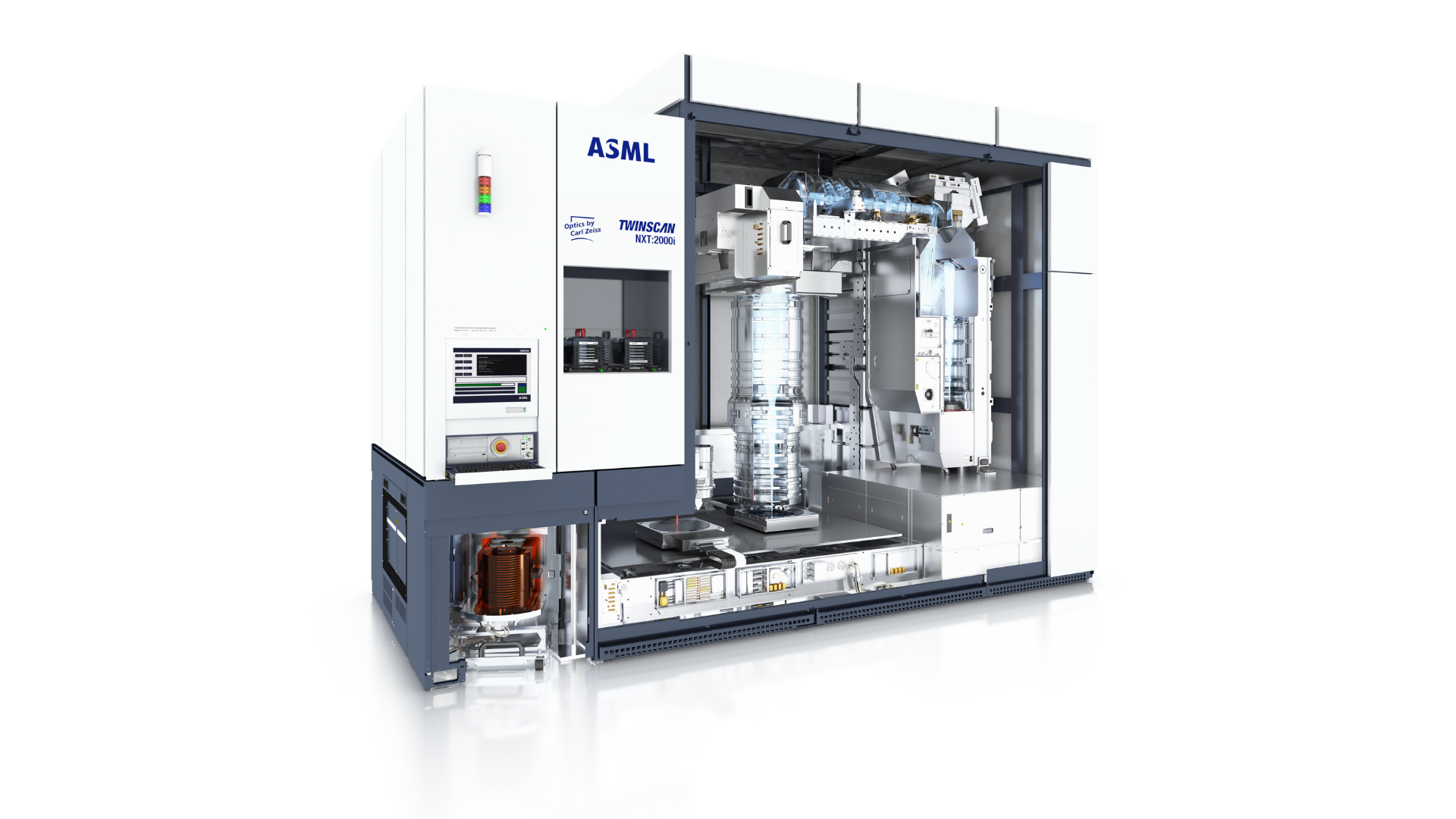3-minute read - by Sander Hofman, May 20, 2019
Big data, artificial intelligence and the convergence of 5G networks will drive data storage demand, as well as growth opportunities for mature equipment.
Do you remember when a gigabyte was big? That’s nothing compared to today’s standards. Consumers and businesses continue to create, share and access data between devices and the cloud – generating zettabytes of information.
If you struggle to visualize what one zettabyte of data might look like, it is equivalent to 250 billion DVDs or 36 million years of HD video. That’s a lot of data, and predictions point to hundreds of zettabytes in our future!
From 2020 to 2027, data storage in cloud-based and hyperscale data centers is expected to grow by 24x. And data creation itself will exponentially increase to 170 zettabytes of data by 2026.
As cloud-based services and the Internet of Things (IoT) continue to drive the growth of the global data center market, they pose many unique new business opportunities for ASML and its mature equipment – driving a revitalization of the 200 mm equipment market.

In fact, a huge portion of the chips in devices we use daily do not require state-of-the-art 300 mm manufacturing. For example, 60–80% of the chips in smartphones and 484 of the total 545 chips found in a BWM i3 are manufactured on 200 mm wafers or smaller.
For some 200 mm niche applications, like thin film head manufacturing, a new lithography approach is required for next-generation product development.
For many years, Western Digital used ASML’s PAS 5500 systems to manufacture thin film heads for its hard disk drives (HDDs). However, future applications are expected to require a six-fold increase in data storage capacity. This requires a significant step forward in lithography equipment to manufacture the next generation of thin film heads (TFH).
As part of a new commercial agreement with Western Digital, ASML will re-design its TWINSCAN lithography machines to process 200 mm AlTiC substrates – a unique lithography equipment design requirement for the HDD market.
“As the volume, velocity and value of data continues to grow exponentially, advanced capacity-optimized HDDs play a critical role in supporting the world’s data infrastructure, particularly in data center and hyperscale environments,” says Liubo Hong, senior director of wafer engineering at Western Digital. “ASML’s unique and efficient tool helps us to achieve incredible precision in our wafer and head development, and provides pivotal support for our future work towards pushing the boundaries of areal density.”

“Our TWINSCAN model is the ideal solution given its long track record of success delivering stringent overlay and imaging requirements, which will be necessary for the new TFH architectures,” says Toni Mesquida Kuesters, senior director of product marketing for the DUV (deep UV) Business Line at ASML. “We are invested and committed to helping Western Digital achieve their long-term goals, and look forward to a fruitful cooperation.”




